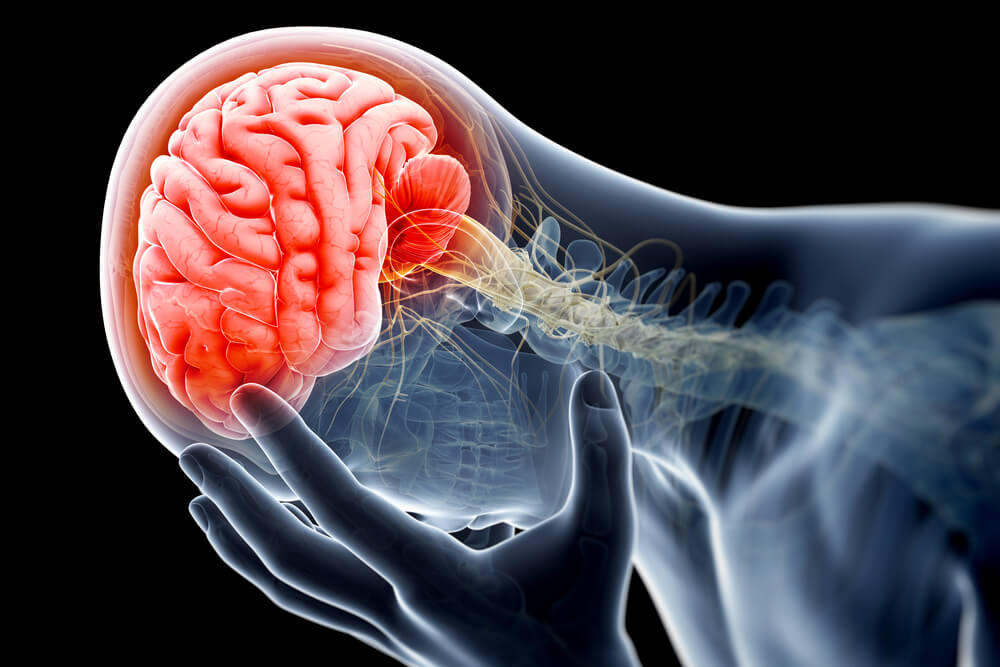
CT Scans Can Help Determine Causes and Symptoms of Brain Injury
When someone suffers a head injury, it can be difficult to determine the exact cause of the injury. Brain injuries can come in many forms, including concussions, induced coma, and hemorrhage. However, a CT scan of the head can help determine the extent of a brain injury and guide treatment. Visit Best brain injury rehab LA to read more.
Concussions
In recent years, public awareness and concern over concussions has soared. With the recent release of the movie "Concussion," that concern is sure to increase further. Although most concussions and brain injuries are relatively mild, they can lead to lifelong consequences. This is why it is so important to seek medical attention after any head injury.
Hemorrhage
A brain injury hemorrhage can be caused by a variety of different factors. The most common cause is a ruptured blood vessel in the brain. Other causes include a stroke or other medical condition that damages blood vessels. Symptoms of this condition usually include a sudden and intense headache. If you've experienced this type of bleed, the first step is to contact your doctor immediately. They'll perform a series of tests and administer medications to prevent the bleeding from occurring again.
Induced coma
Induced coma after brain injury is a temporary condition that is sometimes necessary to protect the brain from swelling after injury. The coma is induced by administering a controlled dose of anesthetic to the patient. The patient will have no awareness or feeling, and doctors will closely monitor their vital signs. These comas usually occur only in intensive care units.
Secondary brain injury
There are two main types of brain injury. One is called primary brain injury and occurs during the initial insult. In this type of brain injury, the physical structures of the brain are dislocated.
Alzheimer's disease
Alzheimer's disease is the most common form of dementia and affects the brain. While healthy aging leads to the brain shrinking, it doesn't cause it to lose large numbers of neurons. In Alzheimer's disease, damage is more widespread and causes many neurons to stop functioning and die. This disrupts the functions of neurons, including communication, metabolism, and repair. Symptoms of this disease include memory loss and difficulty thinking and remembering things.
Movement disorders
Movement disorders are a common complication of brain injury. These disorders affect many parts of the body and often develop because of damaged nerves or the central nervous system. They affect the basal ganglia, which helps initiate muscle movements and suppresses involuntary ones. They also help coordinate changes in posture. Movement disorders can range from mild to severe and can be permanent. For example, Parkinson disease can impair walking and speech.
Sedation
In the early phase of ICU admission after severe brain injury (TBI), sedation is often used. It is used for several purposes, including control of agitation, anxiety, and pain. Sedation can also be useful for mechanical ventilation. However, its role in the acute phase is not completely understood.
Pain
Pain after brain injury is a common complication, and can hinder rehabilitation. In the present study, we examined the views of expert clinicians in three specialist UK brain injury rehabilitation centres on pain management and treatment. In three focus groups, the participants' views were recorded and transcribed and the data were analyzed thematically. We found that the expert clinicians regarded pain as a common problem and felt that generic pain assessment tools were not appropriate. The findings of the study suggest that early, competent intervention provides the greatest hope for pain adaptation.